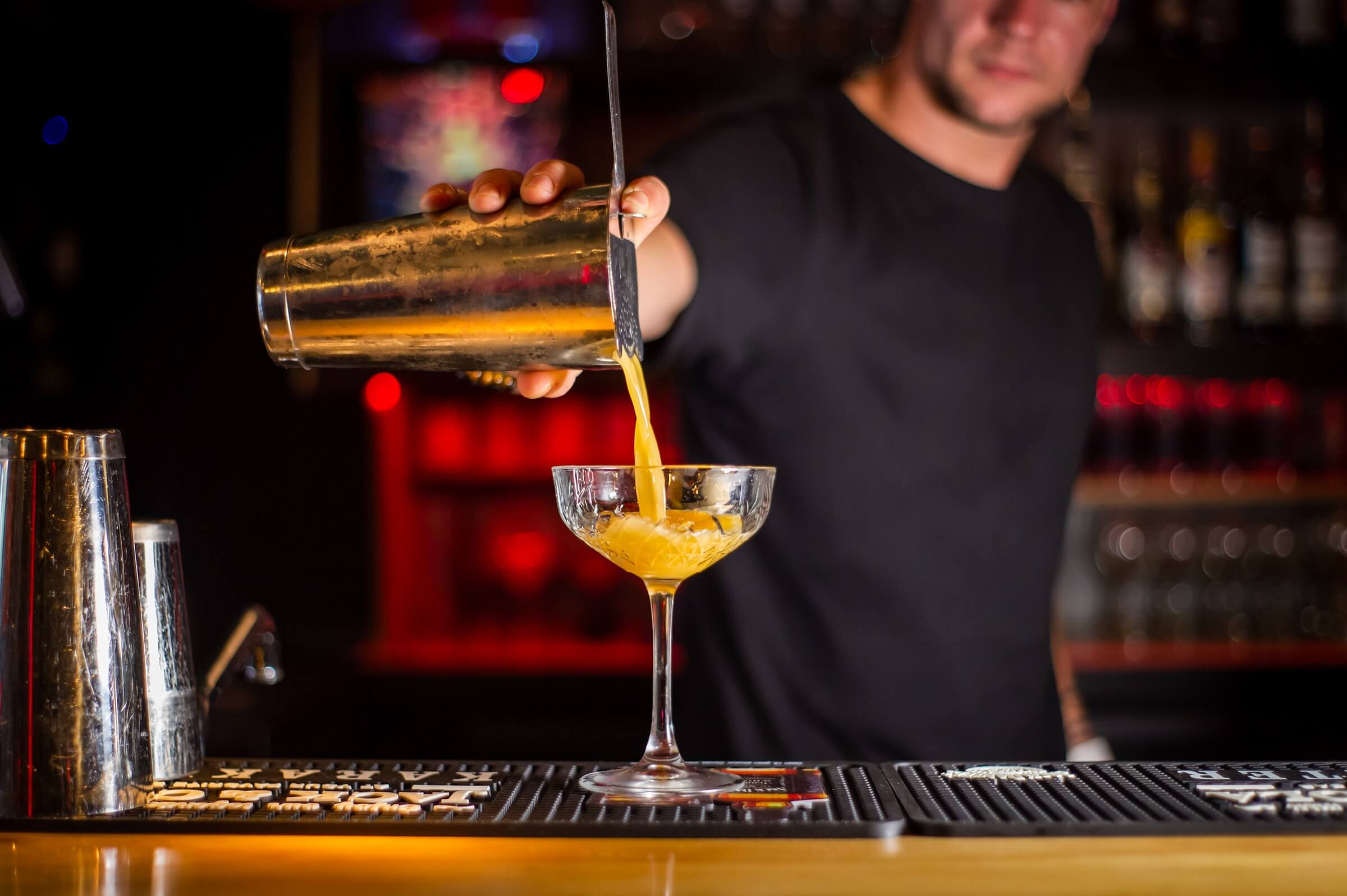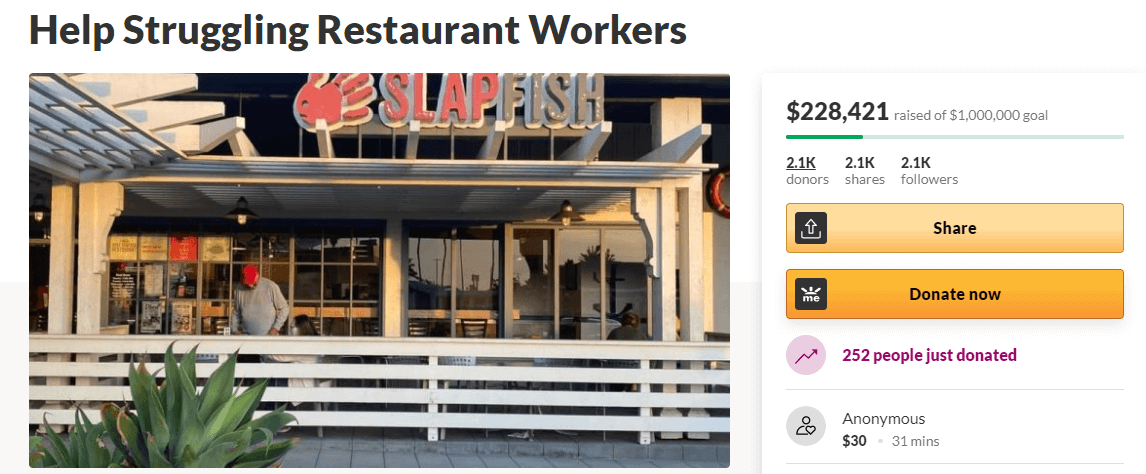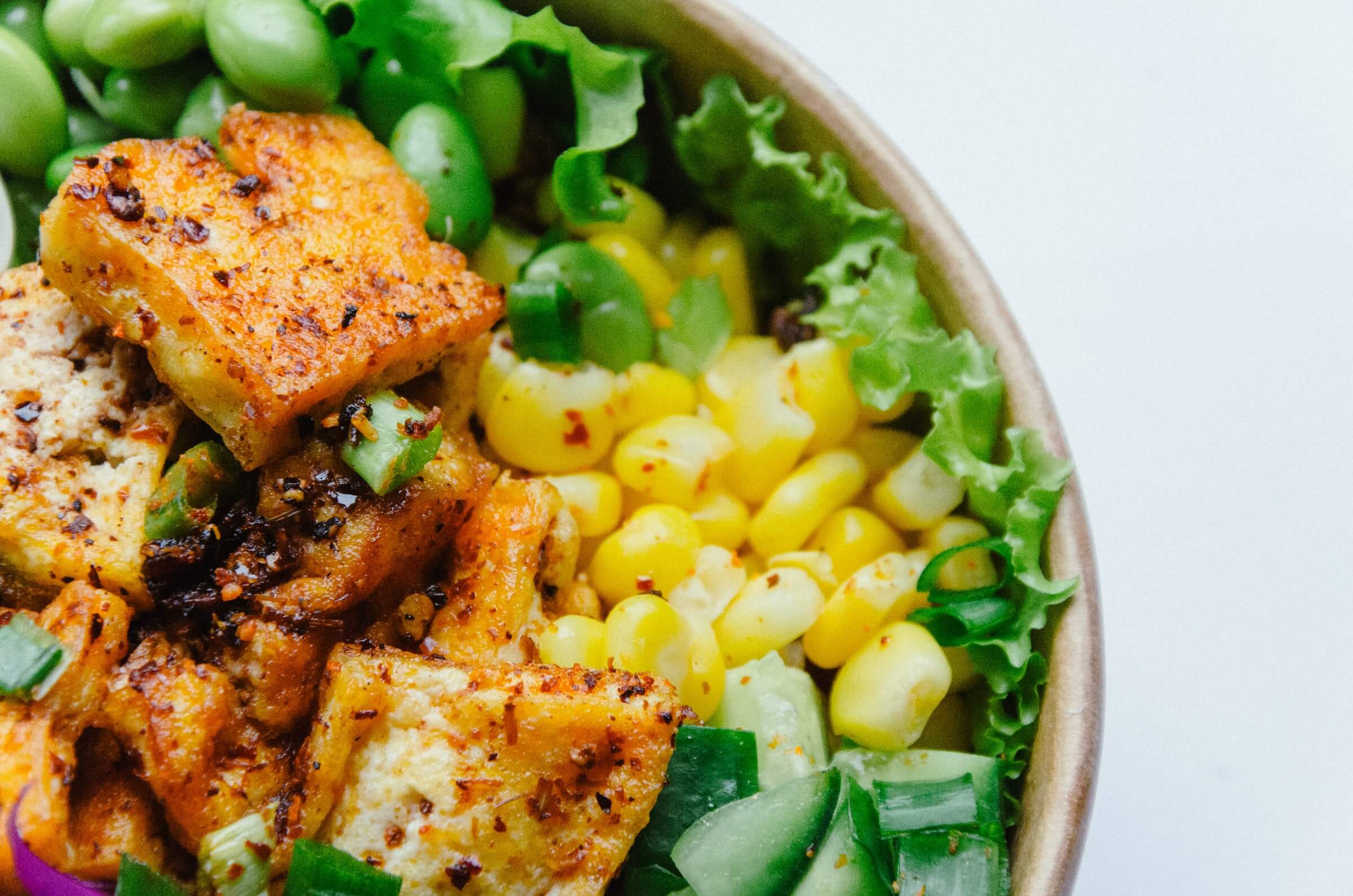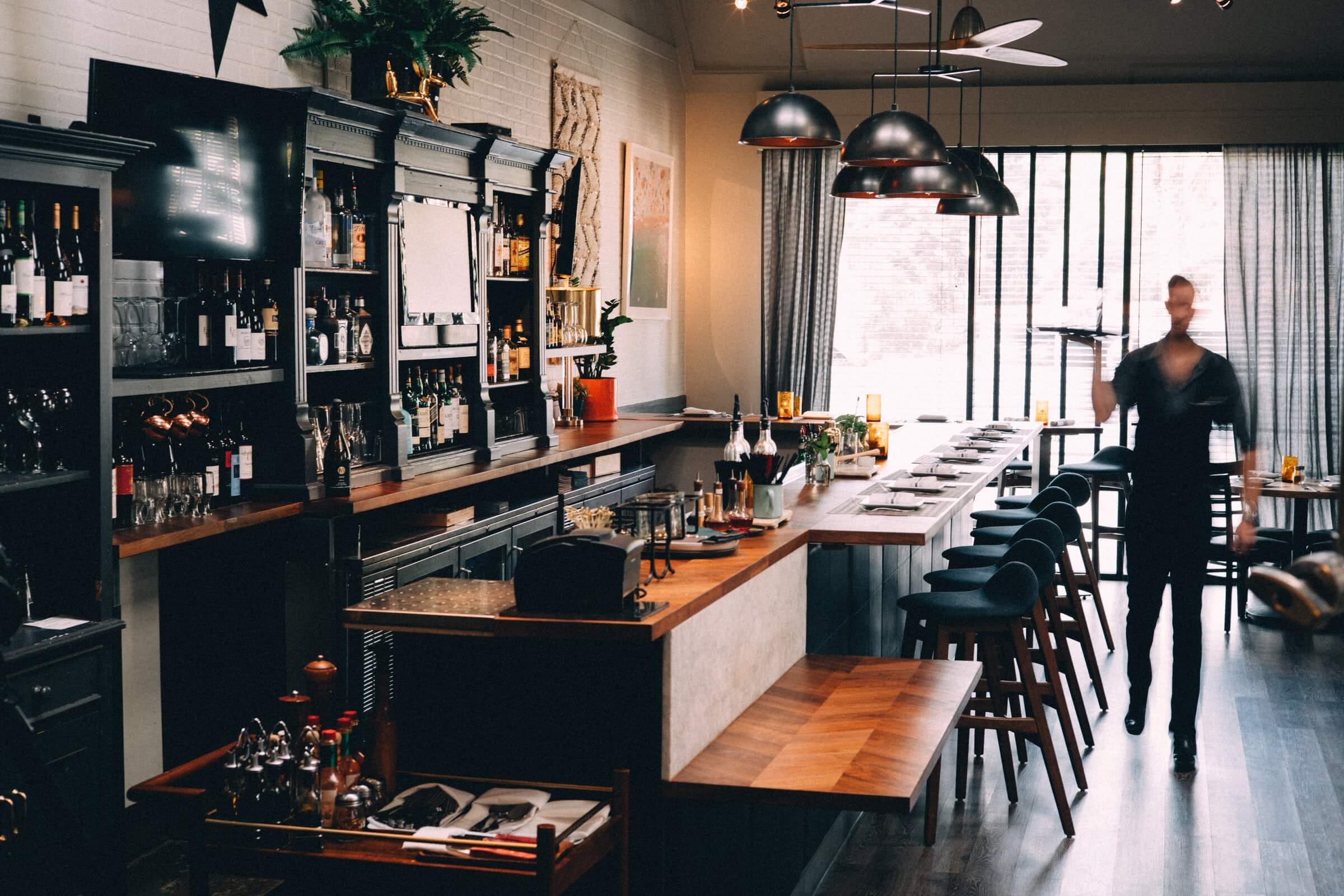Dave Portnoy, Other Celebrities Provide Financial Support for Restaurants and Other Small Businesses
by David Klemt
Famous chefs and restaurateurs aren’t the only people lending their celebrity to raise money for struggling businesses and the workers they employ.
Well, notoriety may be a better descriptor for Dave Portnoy‘s influence than celebrity. He may not be an operator but he is one of the most prolific pizza reviewers and influencers on the planet. And there’s no denying he’s been in the corner of restaurants, criticizing how officials and their responses have dealt lethal blows to the industry.
The Barstool Sports founder was challenged to put his money where his mouth is by Marcus Lemonis after “ranting” about the plight of Covid-19-ravaged restaurants and bars. Rising to the challenge, Portnoy seeded the Barstool Fund with a personal donation of $500,000, which Lemonis matched.
That half-million dollars isn’t the only donation Lemonis has made to help small businesses. The entrepreneur, philanthropist and television show host launched the Nashville 30 Day Fund by putting in $500,000 of his own money just days after December 25, 2020. This particular fund provides small businesses and individuals that operate or reside within a half-mile radius of the Christmas Day bombing site in Nashville with forgivable loans up to $100,000
Back to the Barstool Fund. Bolstered by celebrity backing and support from more than 175,000 donors and counting, the fund has raised more than $22 million in less than a month and helped more than 100 businesses.
Guy Fieri, who helped grow the Restaurant Employee Relief Fund to well over $20 million, has donated money to the Barstool Fund. So have Aaron Rodgers (who reportedly pitched in $500,000), Tom Brady, Dana White, and Kid Rock.
One crucial element for small businesses applying to the Barstool Fund is that they must still be paying their employees. There are no regional restrictions, but applicants do need to explain the intended use for whatever funds they may receive. According to a Newsweek article, checks will be given to businesses selected for Barstool Fund support on a month-t0-month basis.
Below you’ll find the restaurants, bars, pubs, taverns and even a soda shop that have received Barstool Fund grants as of yesterday afternoon, January 11. To apply for funds, please click here. If you can afford to contribute, please follow this link and click “Contribute to the Fund.”
Northeast
Gaetano’s Tavern on Main (Wallingford, CT), Laskara (Wallingford, CT), Piggy’s Cafe (Hartford, CT), Red Rock Tavern (Hartford, CT), Abbey Burger Bistro (Baltimore, MD), Claddagh Pub (Baltimore, MD), Don’t Know Tavern (Baltimore, MD), Dough Boy Fresh Pretzel Company (Dundalk, MD), Atlas Pub & Kitchen (Chicopee, MA), Casa Mia (Marblehead, MA), Jalapeno’s Mexican Grill (Walpole, MA), Jimmy’s Pub & Restaurant (Mansfield, MA), The Park Lunch (Newburyport, MA), The Village Trestle (Goffstown, NH), Hoboken Beer & Soda Outlet (Hoboken, NJ), Jack’s Cafe (Verona, NJ), Marandola’s (Bradley Beach, NJ), Mia Restaurant (Oceanport, NJ), Nanni Ristorante (Rochelle Park, NJ), Tim Kerwin’s Tavern (Middlesex, NJ), The Underdog Bar & Grill (Haledon, NJ), Acquista Trattoria (Fresh Meadows, NY), Bayview Tavern (Seaford, NY), Borrelli’s (East Meadow, NY), The Café (Long Beach, NY), Chadwick’s Restaurant (Brooklyn, NY), Durf’s Family Restaurant (Fairport, NY), The Eagle House (Williamsville, NY), Holbrooks Backporch (Holbrook, NY), Johny’s Luncheonette (New York, NY), Kabooz’s Bar and Grill (New York, NY), Kirvens (Bronx, NY),La Conca D’Oro (Catskill, NY), Mama Mia 44 SW (New York, NY), Mary Ann’s Mexican Restaurant (Port Chester, NY), Mulligan’s Fireside Pub (Bronx, NY), Portobello Restaurant (Staten Island, NY), Roomers Bar (Lake Placid, NY), San Martino Ristorante (Yonkers, NY), Squire’s Tap Room (Tonawanda, NY), Trattoria L’incontro (Queens, NY), Flanigan’s Boathouse (Conshohocken, PA), Jack’s Spot Tavern (Pitman, PA), Kelly’s Seafood (Philadelphia, PA), La Collina (Bala Cynwyd, PA)
Midwest
Manny’s Cafeteria & Delicatessen (Chicago, IL), Ken’s Diner (Skokie, IL), Que Rico (Chicago, IL), The Rathskeller (Indianapolis, IN), Special Dogs & More (Columbus, IN), The Bomber Restaurant (Ypsilanti, MI), Champ’s Pub (Brighton, MI), Kennedy’s Irish Pub (Waterford, MI), Mac’s Acadian Seafood Shack (Saline, MI), Water Street Tavern (Kent, OH), Dairy Land Family Restaurant (Madison, WI), Gray Brewing Company (Janesville, WI), J&B’s Bar & Blue Ribbon Tap Room (Milwaukee, WI)
Rocky Mountains
Durango Diner (Durango, CO)
Southeast
Play Louisville (Louisville, KY), Steak Street (High Point, NC), Freddie’s Beach Bar (Arlington, VA), Wonju Korean Restaurant (Roanoke, VA)
Southwest
Al J’s Tavern (Tucson, AZ), Coney Island Hot Weiners (Tulsa, OK), Mack’s Tenders (Houston, TX)
Pacific
Anaheim White House (Anaheim, CA), Cactus Cantina (Riverside, CA), Dessert’D Organic Bake Shop (Mammoth Lakes, CA), Locale Farm to Table Eatery (Bakersfield, CA), Mexican Riviera (Torrance, CA), Mitla Cafe (San Bernardino, CA), Rubi’s Frosty Freeze (Whittier, CA), Tadich Grill (San Francisco, CA), Vincenzo’s Terrazza (West Covina, CA), Banks Billiards (Banks, OR), Mayan Mexican Family Restaurants (Lacey, WA)
For the full list of Barstool Fund recipients, click here.
Image: Vladimir Solomyani on Unsplash











